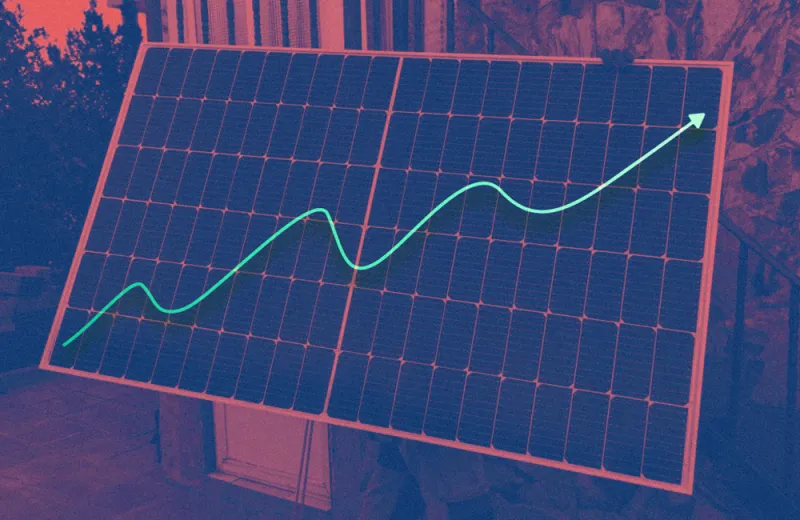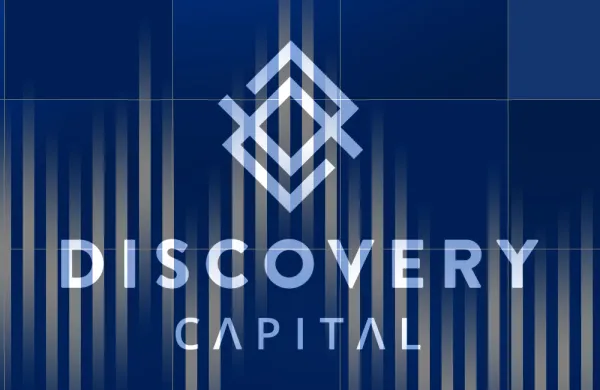I write this having been a relative pioneer in environmental, social, and governance investing over the past quarter of a century. I’ve also been a big proponent of ESG, first as a portfolio manager at Soros Fund Management and later at FRM (now Man FRM), Protégé Partners, and APG. For much of the past decade, I’ve also taught on the subject at Columbia Business School and other universities.
However, in my view, ESG must be implemented sensibly — hence my preference for optimal ESG (O-ESG) investing. I assert that there is a way to make the world a better place through investing, while simultaneously optimizing profitability for investors. In contrast to George Soros’s early philosophy, in which for-profit investing and impact investing are separate, I believe one can incorporate ESG into a profit-maximizing investment strategy.
One might logically ask if there is a cost to O-ESG. When one looks at academic studies, including active and passive strategy returns, the answer is unclear. Over some periods, ESG may outperform; over others, it may underperform. At a high level, theses fluctuations are often a function of structural biases against certain sectors or industries, and of their respective performances over the measured periods. But I believe one must acknowledge that, though ideally O-ESG would be accretive to returns, there may be a cost to it.
The benefit of O-ESG over ESG is that it strikes a better balance between making the world a better place and generating profits for investors. ESG that is not optimal might have the altruistic goal of helping the world, but owing to a materially impaired and diminished opportunity set, doing so comes at too high a cost to investors. Think of it as a simple toy model: If one can either invest in 100 securities, all with different and randomly selected rates of return, or put money into just one of those 100 securities, it’s quite easy to see how the portfolio with a greater degree of freedom, or a larger opportunity set, will outperform. There’s only a 1 percent probability that the one security will be the highest-returning of the 100.
Moreover, ESG that is not optimal is not likely to make the world a better place to the same extent as O-ESG. Exclusion of fossil fuels by institutional investors is a canonical example of the antithesis of O-ESG, and is currently being implemented by some of the world’s largest asset owners. Excluding oil and gas producers effectively eliminates an entire Standard & Poor’s sector, or a material percentage of market capitalization. Moreover, oil and gas has recently been among the best-performing sectors in the stock market thanks to exogenous factors as well as exclusion itself — i.e., forced selling of shares, which in turn may put downward pressure on share prices, thereby cheapening the underlying equities. By excluding that sector, an investor effectively limits its ability to achieve the highest returns possible, allowing other investors to capture that alpha and depriving its own clients of it.
In our view, O-ESG should engage with oil and gas producers rather than exclude them. Let’s look at another overly simplified toy model, admittedly an extreme hypothetical example of two oil and gas producers, Big Oil Good (BOG) and Big Oil Bad (BOB). Big Oil Good is actively transitioning its free cash flow from oil and gas into wind and solar. That should be applauded, and BOG should be classified as a leader and invested in. Big Oil Bad, on the other hand, is redeploying its free cash flow into more oil and gas. BOB should therefore be considered a laggard and engaged with, ideally to push it to realign its strategy with that of BOG. If companies are excluded, are not engaged with, and become overly cheap, it is very possible that they will end up going private with owners who are even less concerned about ESG, as they do not have third-party shareholders to answer to and may entirely optimize profitability at the expense of the environment.
Let’s assume BOB’s management is unenlightened and will not change despite engagement. BOB therefore should be classified as a laggard, and laggards may not be invested in for long unless they improve and become leaders. If they don’t do that, maybe they should be shorted. But not allowing shorting of laggards is another suboptimal ESG policy that is currently prevalent among some of the world’s largest asset owners. One could put on a pair trade and be long BOG and short BOB, thereby providing capital to the leader and selling or putting downward pressure on the laggard (at least until it needs to be covered and bought back).
At the extreme, BOG thriving and BOB going bankrupt (in which case it would never need to be bought back) would theoretically be an optimal outcome for society and another reason it is illogical that some of the world’s largest asset owners do not permit shorting of laggards. In addition, the investor would likely have earned outsize returns in BOG and a 100 percent profit from shorting BOB.
How is this scenario not a win-win for both society and investors? And how is this not far superior to mindless exclusion? How is it optimal not to allow shorting of laggards that refuse to become leaders? In my opinion, such shorting is optimal O-ESG!
This is a good segue to O-ESG for carbon accounting in long-short portfolios. I subscribe to the notion that greenhouse gas emissions are the primary contributor to global warming, which ideally will be addressed by corporations and governments. As we learned many years ago, the stability of an ecosystem decreases when biodiversity diminishes, whether it is an animal habitat or a market. I believe global warming, as manifested through altered weather, is a material contributor to this diminished biodiversity and does not bode well for future food and water sources or for the global population that is dependent on these sources of sustenance and nutrition. All that said, I think there is a significant and thriving movement within the ESG community whose outlook on carbon accounting is akin to that of those who once believed the earth was flat.
Let’s refer back to BOG and BOB. BOB has some Level I, II, and III real-world carbon emissions — let’s say $1 million worth, a number that is fixed and immutable irrespective of market capitalization, share price, or number of shares outstanding. One can parse emissions by number of shares and get an emission amount per share, but that doesn’t change the actual emissions.
Now let’s incorporate financial engineering. Let’s assume BOB is not receptive to engagement and is therefore a laggard. Per the above example, let’s say investor B borrows the entire float of BOB from investor A and shorts it to investor C. The flat-earth approach is to ignore the short as an offset to the long holdings. However, this violates the “ownership principle” and results in the following scenario: A owns the shares, whose carbon emissions are worth $1 million. Then C owns the shares as well, which adds another $1 million — bringing the theoretical, but inaccurate, total to $2 million in real-world carbon emissions.
That total is wrong because the amount of carbon released into the Earth’s atmosphere never changed. So the $2 million figure overstates the total by 2x, or a multiplier that actually incorporates the amount of leverage or shorting. If one implemented the ownership principal, then one would take that $2 million and offset it by the $1 million B sold short, resulting in net carbon emissions of $1 million.
The flat-earth view is that shorts are not decreasing, offsetting, or capturing the carbon in the world, and therefore one must ignore them. I agree that shorts do not decrease, offset, or capture carbon, but this fact is entirely unrelated to the impact of financial engineering, leverage, and shorting. It was shocking to hear a third-party opinion that the flat-earthers may be intentionally overstating the amount of carbon in the world to achieve their goals, creating more fear and urgency about the issue. I do know that the flat-earth proposal is “flat out” wrong and exaggerates the magnitude of the global carbon problem, hopefully unintentionally. Moreover, such an overstatement, intentional or unintentional, would have a material adverse impact as the emissions of alternative strategies that employ leverage, shorting, and/or derivatives would also be highly overstated and look unattractive versus unlevered, long-only strategies.
In summary, I continue to be a huge proponent of the ESG space. I believe that one can simultaneously make the world a better place and generate bettter, similar, or, in the worst case, only marginally lower returns vis-à-vis ESG investing. However, as demonstrated in our two examples, this can happen only if optimal ESG is implemented. There are countless other examples of ESG policies where investors are too dogmatic or irrational and entirely ignore returns, instead focusing on ESG — but I will save those explorations for future discussions and articles.
It’s all about balance, and a thoughtful, knowledgeable investor whose Venn diagram of ESG and investing to optimize returns sufficiently overlaps can take advantage of both parameters. We will continue to spread the truth, as Copernicus and Galileo did centuries ago. That is why we are espousing O-ESG!
Michael Oliver Weinberg is an adjunct professor of economics and finance at Columbia Business School, where he teaches institutional investing. Formerly, he was head of alternative alpha, a member of the investment committee, and a board member at APG, a €600 billion ($620 billion) pension provider.






